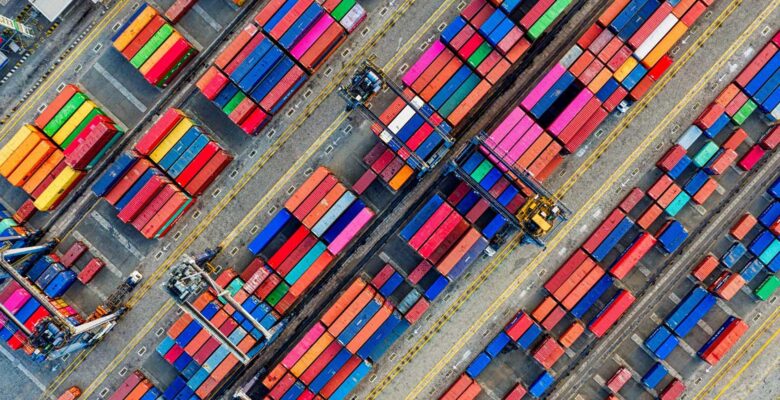
Ex-Asia capacity is tightening
Demand for sea freight has been spiking through the end of April and beginning of May and the availability of container equipment in Asia is increasingly tight, which is why we recommend booking as soon as possible to secure space.
Strong first-quarter demand from Asia to Europe has seen overall volumes increase 11% year over year, with China to Europe volume in January up 13% and up 30% in February.
European imports from the Far East are up significantly already year on year and US imports are up 24%, which means more container equipment is going to these regions than forecast, with some lines imposing priority surcharges and others restricting equipment for contracted clients.
Indexed spot rates for the Shanghai-Rotterdam leg increased 2% week-on-week, while the Shanghai-Genoa index climbed 3%, but some shippers playing the spot market will already be paying more to avoid rollovers.
Last week also saw the introduction of new FAK rates on the Asia-North Europe trades, with some lines increasing trade disruption surcharges, with one tripling its peak season surcharge (PSS).
Spot rates are expected to continue increasing and this could just be the beginning, as Q2 demand is stronger than expected, with peak season volumes likely too and capacity is absorbed by residual blanked sailings and Red Sea diversions.
Tight space on the ocean trade is also driving soaring air cargo demand out of the Middle East and South Asia as shippers with urgent cargo take to the air or sea/air.
The latest data from air cargo analyst WorldACD shows Dubai-Europe tonnage up 100% year over year in the past two months and spiking 255% in the first week of the month compared with the same week last year.
Data from the International Air Transport Association (IATA) for March shows air freight demand on Europe-Middle East routes jumped 38.3% compared with March 2023.
We leverage our carrier relationships in Europe and Asia to negotiate contracts across the alliances that protect space and rates, so that we can deliver cost-effective, resilient and reliable westbound and trans-Pacific solutions, however challenging market conditions may be.
